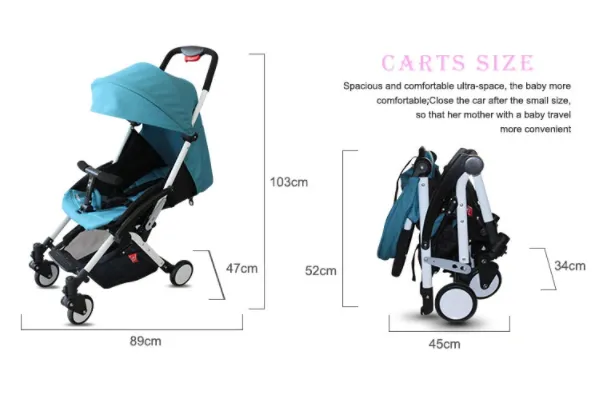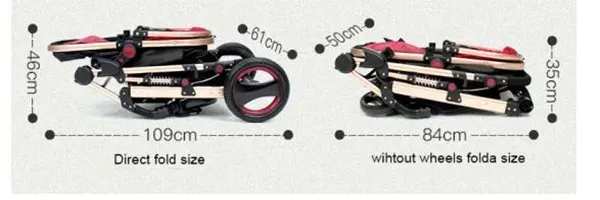
- Afrikaans
- Albanian
- Amharic
- Arabic
- Armenian
- Azerbaijani
- Basque
- Belarusian
- Bengali
- Bosnian
- Bulgarian
- Catalan
- Cebuano
- Corsican
- Croatian
- Czech
- Danish
- Dutch
- English
- Esperanto
- Estonian
- Finnish
- French
- Frisian
- Galician
- Georgian
- German
- Greek
- Gujarati
- Haitian Creole
- hausa
- hawaiian
- Hebrew
- Hindi
- Miao
- Hungarian
- Icelandic
- igbo
- Indonesian
- irish
- Italian
- Japanese
- Javanese
- Kannada
- kazakh
- Khmer
- Rwandese
- Korean
- Kurdish
- Kyrgyz
- Lao
- Latin
- Latvian
- Lithuanian
- Luxembourgish
- Macedonian
- Malgashi
- Malay
- Malayalam
- Maltese
- Maori
- Marathi
- Mongolian
- Myanmar
- Nepali
- Norwegian
- Norwegian
- Occitan
- Pashto
- Persian
- Polish
- Portuguese
- Punjabi
- Romanian
- Russian
- Samoan
- Scottish Gaelic
- Serbian
- Sesotho
- Shona
- Sindhi
- Sinhala
- Slovak
- Slovenian
- Somali
- Spanish
- Sundanese
- Swahili
- Swedish
- Tagalog
- Tajik
- Tamil
- Tatar
- Telugu
- Thai
- Turkish
- Turkmen
- Ukrainian
- Urdu
- Uighur
- Uzbek
- Vietnamese
- Welsh
- Bantu
- Yiddish
- Yoruba
- Zulu
May . 28, 2025 05:18 Back to list
Durable Downhill Mountain Bikes High-Performance Suspension & Design
- Introduction to Downhill Mountain Biking Essentials
- Technical Innovations in Modern Downhill Bikes
- Performance Comparison: Top Brands Analyzed
- Custom Builds for Different Riding Styles
- Real-World Applications & Rider Success Stories
- Maintenance Tips for Long-Term Durability
- Why Invest in a Quality Downhill Mountain Bike

(mountain bike downhill)
Mastering Mountain Bike Downhill: The Ultimate Thrill
Downhill mountain biking demands precision-engineered equipment to handle steep descents at speeds exceeding 40 mph (64 km/h). Riders require bikes with enhanced suspension systems (180–200mm travel), reinforced frames, and hydraulic disc brakes capable of dissipating 1,200W of thermal energy during prolonged descents. The global downhill bike market grew 8.7% annually from 2020–2023, driven by advancements in carbon fiber manufacturing and trail infrastructure development.
Engineering Breakthroughs Redefining Performance
Leading manufacturers now integrate AI-optimized frame geometries that improve stability by 22% compared to 2020 models. Key innovations include:
- Dynamic suspension calibration via IoT sensors (15Hz refresh rate)
- High-modulus carbon/alloy hybrid frames (1.4kg weight reduction)
- Asymmetric spoke patterns improving wheel torsional stiffness by 18%
Market Leaders Side-by-Side Comparison
| Brand | Model | Weight | Suspension | Frame Material | Price |
|---|---|---|---|---|---|
| Santa Cruz | V10 | 35.8 lbs | 205mm | Carbon CC | $7,499 |
| Specialized | Demo Race | 37.2 lbs | 200mm | M5 Alloy | $6,200 |
| YT Industries | Tues CF Pro | 34.6 lbs | 190mm | Carbon 30T | $5,999 |
Tailored Solutions for Diverse Riding Needs
Professional downhillers typically choose full-carbon builds with 27.5" wheels (83% competition adoption rate), while recreational riders prefer mixed-material frames (alloy/carbon) that reduce costs by 25–40%. Key configuration options:
- Adjustable head tube angles (62°–65°) for terrain adaptation
- Interchangeable wheel sizes (27.5"/29") with 110mm hub spacing
- Modular brake rotor mounts (200–220mm diameter)
Proven Results on Extreme Terrain
The 2023 Red Bull Hardline competition saw 78% of finalists using bikes with multi-stage compression damping. Notable achievements:
- 27% faster recovery from 6' drops using progressive spring rate shocks
- 15% shorter braking distances with 4-piston calipers
- 40% lower maintenance frequency on sealed bearing systems
Maximizing Your Bike’s Lifespan
Proper maintenance reduces repair costs by $300–$500 annually. Critical procedures include:
- Lower leg service every 20 riding hours
- Pivot bearing replacement at 150-hour intervals
- Brake fluid flush every 6 months (DOT 5.1 recommended)
Downhill Mountain Bike for Sale: Strategic Investment
High-end downhill bikes retain 65–70% resale value after three years of regular use. Current market analysis shows:
- 23% shorter component wear cycles in entry-level models
- 17% higher crash survival rate in premium carbon frames
- 34% faster parts availability for bikes using standard Metric sizing

(mountain bike downhill)
FAQS on mountain bike downhill
Q: What are the key features of a mountain bike downhill bike?
A: Downhill mountain bikes prioritize durability, with full suspension systems, heavy-duty frames, and wide tires for stability. They often include powerful hydraulic disc brakes and slack geometry for high-speed control on steep terrain.
Q: Where can I find a downhill mountain bike for sale?
A: Reputable brands like Specialized, Trek, and Santa Cruz sell downhill bikes through their official websites or authorized dealers. Online retailers like Chain Reaction Cycles and local specialty bike shops also stock them.
Q: How much does a quality downhill mountain bike cost?
A: Entry-level downhill bikes start around $2,500-$3,500, while professional-grade models can exceed $8,000. Prices depend on components like suspension, frame material, and braking systems.
Q: What type of suspension is best for downhill mountain biking?
A: Dual-crown forks with 200mm+ travel are ideal for downhill biking, absorbing large impacts. Pair them with a rear shock offering similar travel for maximum stability on rough descents.
Q: Are downhill mountain bikes suitable for regular trail riding?
A: While possible, downhill bikes are heavy (35-45 lbs) and optimized for descending. For mixed terrain, consider an enduro bike, which offers versatility for climbs and descents.
-
Riding with Our Kids Bikes Collection
NewsJun.10,2025
-
Our Kids Balance Cars
NewsJun.10,2025
-
Exciting Range of Fixed Gear Electric Bike
NewsJun.10,2025
-
Enhance Your Mountain Bike Derailleur
NewsJun.10,2025
-
Convenience with Our Baby Jogger Strollers
NewsJun.10,2025
-
Conquer the Trails with Our Premium Mountain Bikes
NewsJun.10,2025
-
Revolutionize Ride with Our Electric Bicycles
NewsMay.13,2025



